Happy Valentine’s Day!
This photograph of tundra swans seemed appropriate today. Swans mate for life, so you always see them in pairs, or in a small group when parents are joined by their young cygnets. The two subjects of this photograph were undoubtedly a mated pair.
One of the challenges of photographing these swans was that they kept their heads underwater for long periods of time while they were feeding. Periodically one of their heads would pop up briefly, but then plunge underwater again, and it was rare for both swans to have their necks raised at the same time. I expended many pixels trying to capture moments when both swans had their heads up. Even when I managed to catch both of them with their heads visible, often one of the swans would have its back to me, or be in some other awkward position.
But I stayed alert and patient, and eventually things came together. Both swans lifted their heads for maybe ten seconds – an eternity, it seemed – while I held down the shutter button. At one point the swan on the left even turned its head and looked back at the swan on the right. Perfect. That little gesture made a big difference in the photograph by creating a visual connection between the two swans.
This next photograph is another case where a fleeting change in an animal’s position made a big difference. I captured many less-interesting images of this black-necked stilt walking and feeding in the shallow water, but at one moment, while it was walking away from me, the stilt swung its head to the side and stabbed at an insect, striking a much more appealing pose:
Of course this is no big revelation. Anyone who’s photographed animals or people learns the importance of such small changes in pose or expression. You have to pay close attention to such details, and be alert for moments when the animal or person’s pose speaks more strongly than others. And you have to be willing to take a lot of frames in order to get one that’s a bit more special.
Recently a workshop student sent me a copy of Jay Maisel’s excellent book Light, Gesture, & Color. Maisel uses the term gesture to encompass many things. He writes, “Gesture is the expression that is at the very heart of everything we shoot. It’s not just the determined look on a face; it’s not just the grace of a dancer or athlete. It is not only the brutalized visage of a the bloodied boxer. Neither is it only limited to age, or youth, or people, or animals. It exists in a leaf, a tree, and a forest. It reveals the complicated veins of the leaf, the delta-like branches of the tree, and when seen from the air, the beautiful texture of the forest.”
This is, obviously, a very broad definition of the word gesture. I’m not sure I would go quite so far, but the book got me thinking about the role of gesture in photographs of inanimate subjects, and landscape photographs in particular.
Some obvious and common examples of gesture in landscape photography can be found in trees. Trees are living things, after all, and many of them have expressive shapes. This photograph of a wind-bent juniper is a case in point:
Here’s another tree with an expressive shape:
But gesture certainly isn’t limited to trees. It’s hard to describe this gesture, and I hate to anthropomorphize something like this, but there’s something expressive about the shape of this wave:
And there’s something organic, flowing, and harmonious about the shape of this dune:
It should be no surprise that clouds can have gestures too. Here the radiating lines of fan-shaped clouds imply an expansive gesture:
In this photograph, a fleeting shape in some mist created a gesture:
Gestures can be created, or a least emphasized, by your choice of camera position and framing. Pointing the camera straight up into this aspen canopy created a pattern of converging lines that suggests a heavenward gesture:
These are just a few examples, and I’m sure you can find many more as you look through books, magazines, online photographs, or your own images. Thinking about gesture is perhaps another way of thinking about the expressive power of lines and shapes. What feeling is conveyed by a series of horizontal lines? How about diagonal lines, radiating lines, or curving, flowing lines? How can you emphasize expressive lines, shapes, or gestures in a composition in order to enhance the meaning of a photograph and the story it tells? Understanding the power of these design elements is an essential part of becoming a strong visual communicator.
— Michael Frye
Related Posts: Telling a Visual Story; Finding Rhythm; The Power of Diagonals
Did you like this article? Click here to subscribe to this blog and get every new post delivered right to your inbox!
Michael Frye is a professional photographer specializing in landscapes and nature. He is the author or principal photographer of The Photographer’s Guide to Yosemite, Yosemite Meditations, Yosemite Meditations for Women, Yosemite Meditations for Adventurers, and Digital Landscape Photography: In the Footsteps of Ansel Adams and the Great Masters. He has also written three eBooks: Light & Land: Landscapes in the Digital Darkroom, Exposure for Outdoor Photography, and Landscapes in Lightroom: The Essential Step-by-Step Guide. Michael has written numerous magazine articles on the art and technique of photography, and his images have been published in over thirty countries around the world. Michael has lived either in or near Yosemite National Park since 1983, currently residing just outside the park in Mariposa, California.

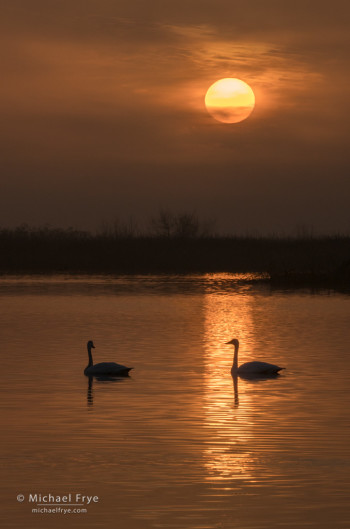
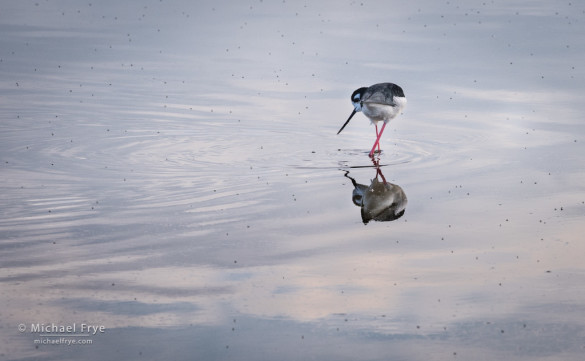
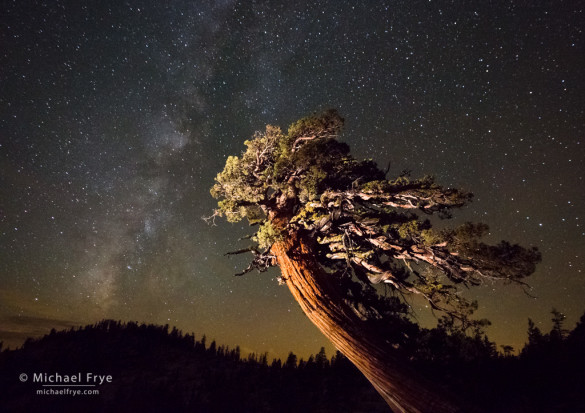
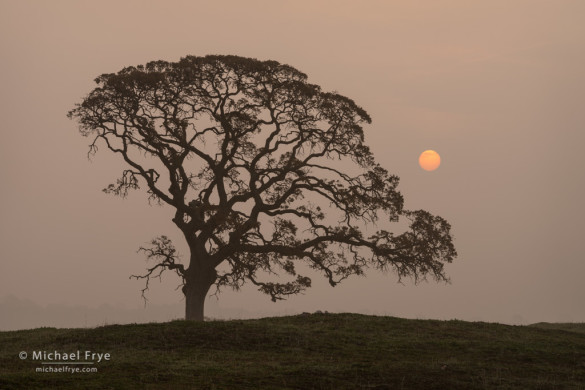
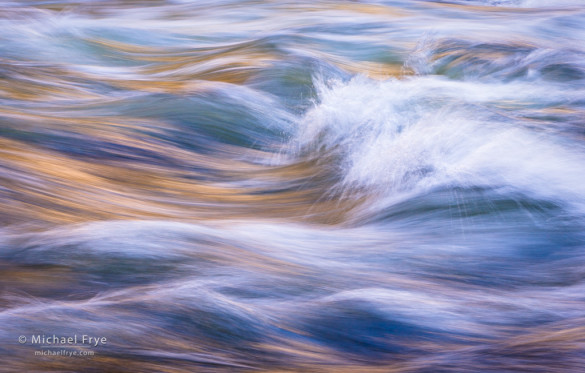
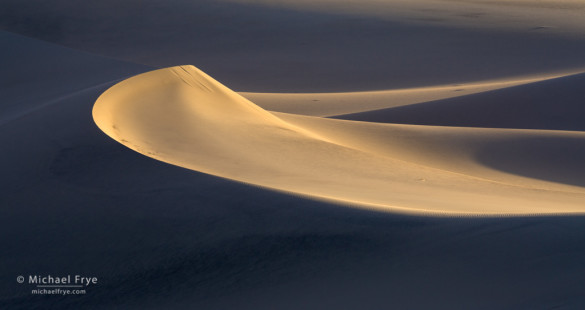
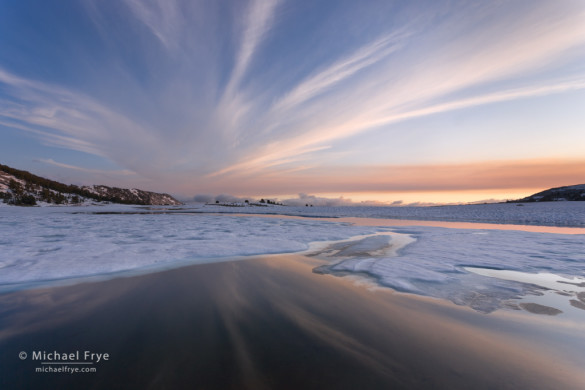
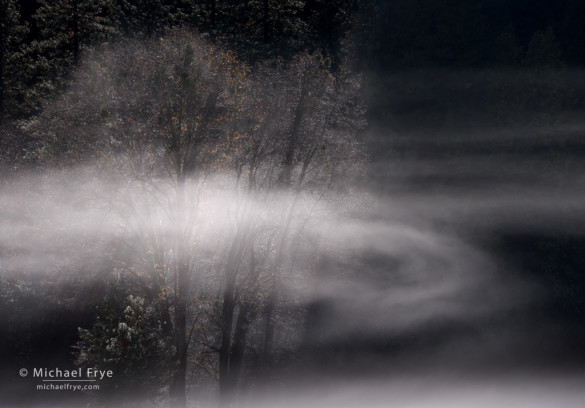
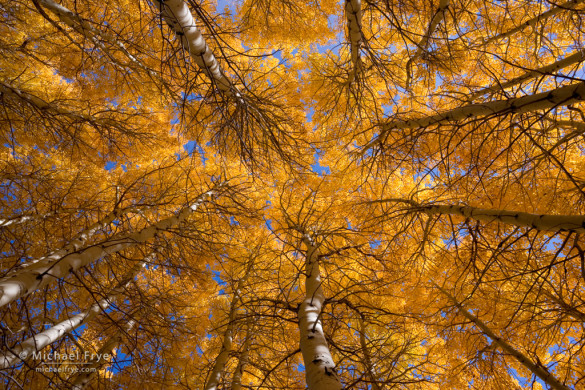








Michael,
The exceptional quality of your photographs are never ending! Once again, I’m truly impressed!
Best wishes,
Cheers,
Alyn Brereton
Thanks Alyn!
Interesting to get your take on gesture in landscape / nature photography Michael.
I snickered at your use of the phrase ‘expended many pixels’ … another that I may borrow from you.
Cheers!
Doug
Thanks Doug. Pixels are cheap. 🙂
Greetings,
This is an excellent essay, and I think your choice of photos illustrate the point nicely. I totally agree with Maisel’s definition of gesture. I think one of the great things about being an artist is that we begin to notice that everything has an expressive potential.
Take care,
Brian Welzenbach
Thanks Brian, and great point about everything having expressive potential.
Michael,
A wonderful post. Thank you again for sharing your amazing insights and moving photographs.
The post also sent me to Jay Maisel’s web site (and book) which equals another gift.
Cheers, Phyllis Hunter
Thanks so much Phyllis!
Michael,
Great post, as usual; gestures are certainly not the first thing that enters my mind as I look at a subject but it will be one of the top ones hence forward!
And a big congratulations on your cover photo for Outdoor Photographer magazine! I am yet to read your article on visualization as the magazine just came this morning but will do so later today.
Jim
Thanks Jim! I haven’t seen the magazine yet, but I’ll have to find a copy.
Hi Michael,
Great article and photos in the latest issue of Outdoor Photographer. Very informative and well worth reading. Thanks for passing on your impressive photographic knowledge to the masses. The final ‘Valley Lighting Photo’ is outstanding!
Cheers,
Alyn
Michael,
I just heard about this idea the other day during a meeting of our Digital Lunch Bunch. After reading your blog on the subject I am suddenly struck with why I like some of my pictures better than others. I also now have another creative tool to try incorporating into my own attempts at composition.
Thanks – John Allen
Glad you found this helpful John!